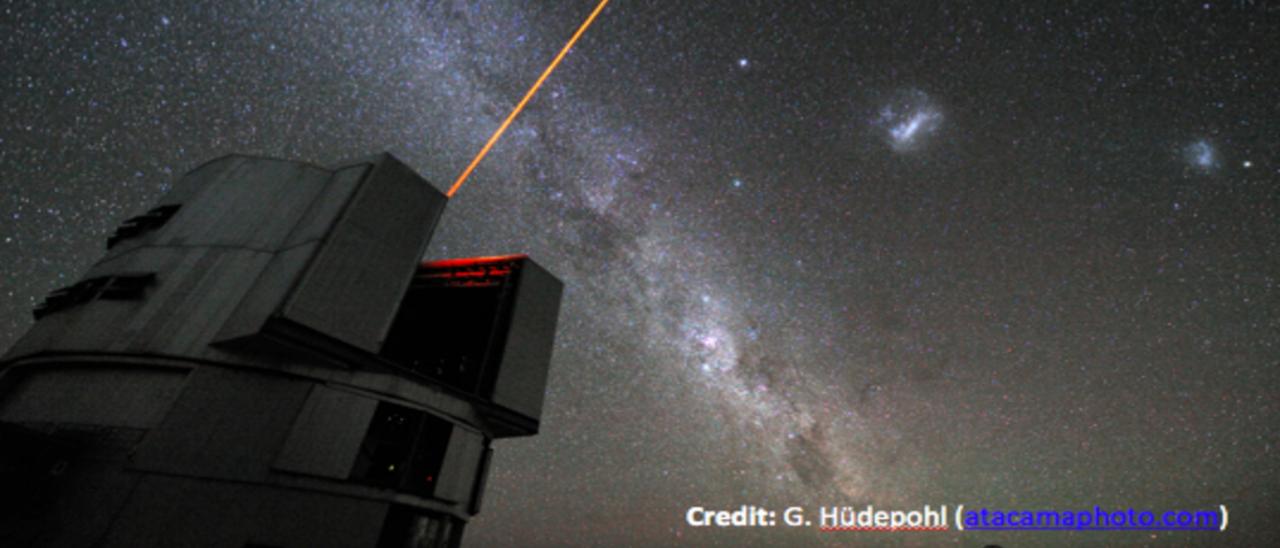General
Galaxy formation and evolution is a fundamental Astrophysical problem. Its study requires “travelling back in time”, for which there are two complementary approaches. One is to analyse galaxy properties as a function of red-shift. Our team focuses on the other approach, called “Galactic Archaeology”. It is based on the determination of galaxy properties from the study of their resolved stars. Depending on their mass, stars can live as long as a Hubble time, thus allowing to study in exquisite detail how galaxies have evolved from the early Universe to the present time. This research is one of the main drivers of major international projects, both observational (such as the on-going Gaia mission and SDSS surveys, and the planned WHT/WEAVE, LSST, VISTA/4MOST, DESI, E-ELT/HARMONI, to name a few), and theoretical (such as Nihao, Magic and Auriga hydrodynamical cosmological simulations), in most of which members of our team are involved. This ensures that Galactic Archaelogy will be at the forefront of astronomical research for a long time.
The objective of this project is to understand the formation and evolution of galaxies of different morphological types, using the many local examples that can be resolved into individual stars, and which, therefore can be studied in a detail impossible elsewhere. In particular, the Local Group and its immediate surroundings contain about 80 galaxies of different morphological types. Among these, the largest are spiral galaxies (the Milky Way, M31 and M33), a dozen of them are (dwarf) irregulars and the rest are early-type systems. Thus, we can study galaxies of different morphological types, from the Milky Way down to the smallest galactic scales, which are those challenging our understanding of what a "galaxy" is.
We aim to derive their evolutionary history using a set of complementary techniques: I) using deep photometry reaching the old main sequence turn-offs, it is possible to derive the full star formation history over the entire galaxy's life; ii) spectroscopic studies of individual stars add direct information on the kinematics and chemical abundances of the different stellar populations; iii) for the most nearby systems, the inclusion of accurate astrometric measurements yields information on the distance (and thus absolute brightness), the orbital motion of the system and can even deliver the full 6D phase-space information of sub-samples of stars; iv) the study of variable stars such as Cepheids and RR Lyrae provide independent constraints on metallicities and ages of the populations they belong to. These observations offer invaluable, rich information, that can be interpreted using hydrodynamic cosmological simulations of galaxy formation that model a wide range of important physical processes.
Members
Results
Below a list of highlights from the group activities in 2020-2021. For a more general overview see publication list and this webpage.
1. Using HST data of the ultra-faint dwarf (UFD) Eridanus II, we determined (Gallart+2021) that its only star formatio event, occurred 13 Gyr ago, was very short (100-500Myr). The associated SNe energy could be enough to expel the remaining gas, casting doubts on the need to invoke cosmic reionization as the preferred explanation for the early quenching of UFD galaxies.
2. The various star formation episodes, extended to few hundred million years ago, which we have precisely dated in the dwarf spheroidal galaxies Fornax (Rusakov+2021) and Leo I (Ruiz-Lara+2021), have shed light on the effects of interactions and mergers in the star formation history of dwarf galaxies.
3. By performing for the first time a joint dynamical modeling of the internal stellar and HI gas kinematics of a Local Group dwarf galaxy, WLM, we were able to determine that its dark matter halo is likely both cored and has a prolate shape, where the co-existence of these features might pose a problem for self-interacting dark matter models (Leung+2021).
4. For the first time using cosmological simulations, we demonstrated that mergers are a viable explanation for the presence of prolate rotation in the stellar component of galaxies also on the scale of dwarf galaxies (Cardona-Barrero+2021)
5. Robert Grand ran the highest resolution MHD cosmological Milky Way simulation in the world (Grand+2021), run on MPCDF Raven large compute system for which the PI had rolling access as an MPA fellow.



